I love creating free content full of tips for my readers, you. I don't accept paid sponsorships, my opinion is my own, but if you find my recommendations helpful and you end up buying something you like through one of my links, I could earn a commission at no extra cost to you. Learn more
In this vastly advancing world of innovations, the manufacturing of products is considered to be the backbone of capitalism. Tinning Flux and soldering paste have always been relied upon for mounting various components to the desired objects, circuit boards, and where not? But you may become confused when it comes to choosing one over others that is tinning flux or soldering paste.
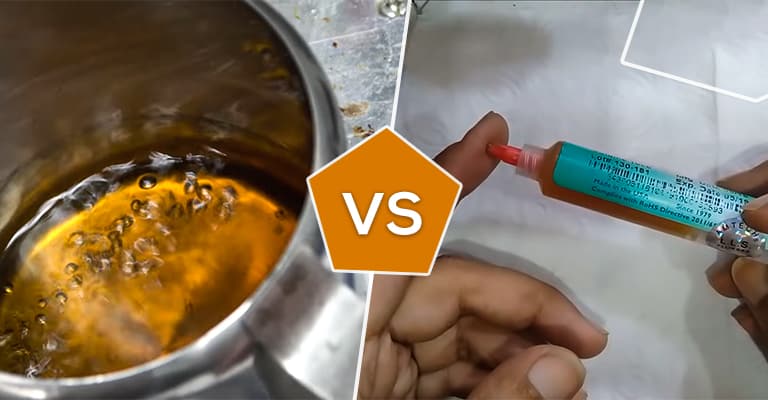
In this post we'll cover:
What is the Purpose of Tinning Flux?
Tinning flux is the type of flux whose main component is petroleum and it contains solder powder. It is one of the most popularly used products for soldering processes. Tinning flux is widely used in cleaning, tinning, and fluxing of metals which are most commonly soldered. The tin powder is one of the main components of it making it enable to coat thin areas if needed. Tinning flux can be doing minimal spattering which makes it more purposeful than the standard fluxes.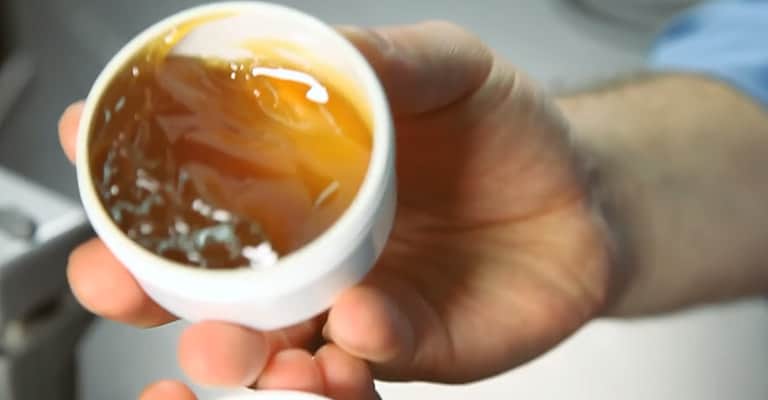
Tinning Flux Vs Soldering Paste
Soldering paste is usually a powder soldering of metal draped in a stocky medium which is called flux. Flux is used as an addition for acting like an interim binder. When it comes to setting-up, tinning flux is much faster than soldering paste. The tinning flux also is capable of moping better than soldering paste. A silver solder tinning powder is contained within tinning flux which assists it in filling in the vent when there is an application of heat but this is not possible by soldering paste. Tinning flux is also a bit more expensive than soldering paste. The joints made by tinning flux sometimes are sloppy but with soldering paste, In use, these problems do not arise. You will get the pre-tinning feature when tinning flux is used but soldering paste does not offer you this option. Tinning flux always works better than soldering paste for larger pipes. Tinning flux will increase the possibility of leaving moisture and corroding electronics. But soldering paste can be safely used for electronics rather than the available types of flux for electronics soldering.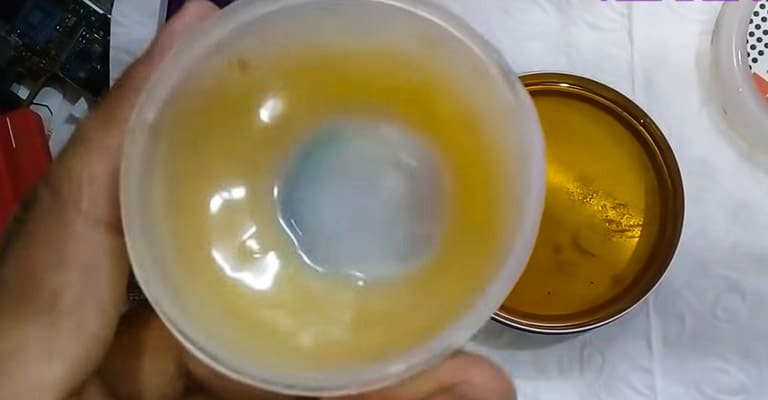
What Is Lead-Free Tinning Flux Used For?
Lead-free tinning flux is a polished, watery paste that can be applied with ease and runs evenly on copper pipes and their fittings. This type of flux has significant humidifying characteristics. It also eases the flow of solder for extraordinary bonding. It also has good longevity of 2 years. It requires a very small amount of flux for the application to the venture.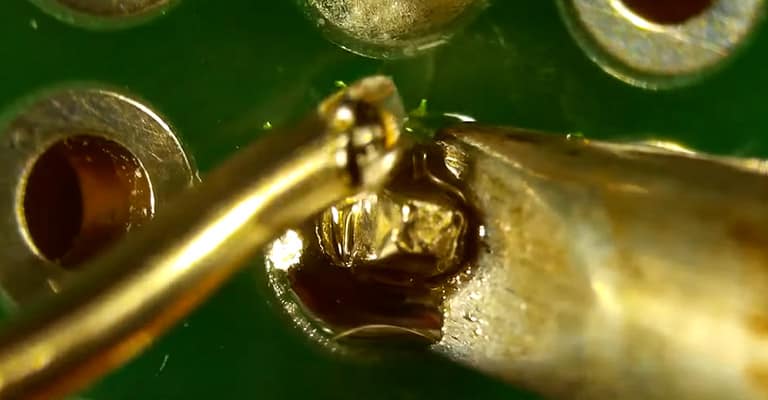
How Do You Use the Tinning Paste?
Firstly, the tinning paste should be spread over the surface and you have to wait for the lead to stick. The paste should be heated with a torch until it is completely burnt down. Then a cotton rag should be used for cleaning. Now your surface will become shiny for allowing the lead to stick.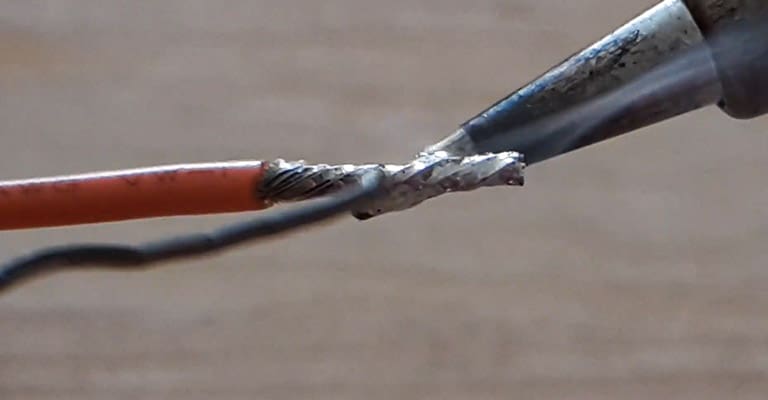
FAQ
Q: Can you use tinning flux on copper? Ans: Yes, tinning flux can be used on copper materials. The corrosion preventive feature of copper materials helps it to be used on copper. Q: What must be the usual ratio of flux to metal in a soldering paste? Ans: A typical soldering paste contains 90% metal and 10% flux in terms of mass. And in terms of volume, it is 45% and 55% respectively. Q: Does tinning flux sometimes contain paste? Ans: Yes, it contains paste sometimes.Conclusion
Joining and mounting has been an art in the manufacturing world since its advent. You always look for the most precise and polished finishing of the joints. The knowledge of choosing flux over paste is very crucial for you to produce perfect devices and mountings. As a technician, enthusiast on this topic you have to have good command in these products and their uses.I'm Joost Nusselder, the founder of Tools Doctor, content marketer, and dad. I love trying out new equipment, and together with my team I've been creating in-depth blog articles since 2016 to help loyal readers with tools & crafting tips.
